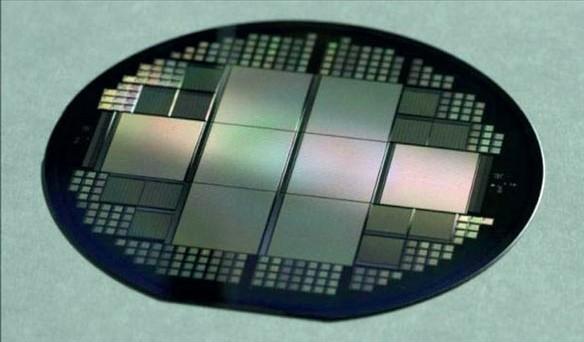CERN’s unique know-how derived from years of developing, using, characterizing a large amount of sensors.
CERN´s Know-How
- Design of high performance and extreme radiation tolerant detectors
- Long history of integrating complex and heterogeneous detector systems
- Broad range of testing and qualifying capability
Facts & Figures
- 4000: Number of muons chamber in ATLAS
- 40 MHz: Operational frequency
- 200 m² : Area covered by Silicon trackers in CMS
- 150 M : Number of sensors in the LHC
Value Proposition
Read more about Sensors here.
Key Competences
Silicon sensors
CERN developed unique expertise in simulation and characterisation of silicon sensors to sustain extreme levels of radiations. CERN designs Si sensors in close collaboration with industrial partners.
Specifications
- Simulation of silicon sensors to match specific detections needs (fast timing, extreme level of radiations) and ASICs specifications
- Deliver input for device simulations (e.g. TCAD) to predict detector performance under various conditions
- Detection and microscopic characterization of defects in standard and material engineered silicon via dedicated techniques (DLTS, TSC, TDRC, SIMS, ICP-MS, PITS, FTIR, TCT, EPR, HRTEM)
- Identification of electrically active defects induced by irradiation responsible for trapping, leakage current, change of effective doping, change of E-Field
Key Applications
3D characterisation
Characterization facilities at the forefront of the technology are needed to understand the effects of radiations on our sensors. Therefore we develop a method and platform to extract doping and electric field profiles within semiconductor devices by non-destructive femtosecond laser induced Two-Photon Absorption.
Scintillators
Highly specialized expertise and infrastructure for research and development of inorganic scintillation technologies for novel ionizing radiation detectors for high-energy physics, medical imaging and industrial applications.
Gaseous detectors
CERN has unique know-how and facilities for R&D and production of gaseous radiation detectors, with several research and development groups operating in different readout approaches (e.g. Optical readout, pixelated readouts).
Robust, long distance sensors
Radiation, temperature, humidity and strain sensors are important to monitor challenging environments, such as those in the LHC. Conventional fibre optic systems are discretely distributed and not radiation hard. CERN’s distributed optical fibre know how can help create cost-effective, long distance, robust monitoring systems.
Thermometric Measurement
Design, manufacture and assembly of a new type of thermometric block and support for a cryogenic thermometer measurement chain. The thermometer has been tested, produced in series and validated to function accurately under adverse environmental conditions.

